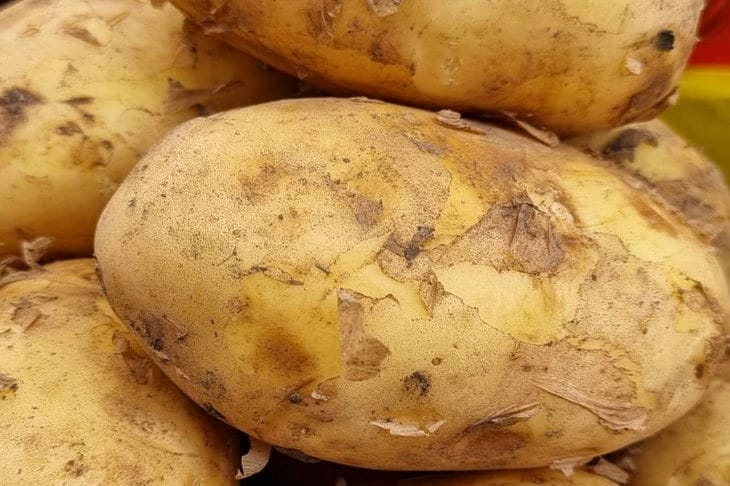Every cook, whether professional or amateur, is familiar with the unpleasant feeling when a delicious dish turns out to be oversalted.
Too much salt can ruin any culinary creation, making it virtually inedible.
But don't panic: there are many proven methods that will help correct the situation and save your lunch or dinner.
Using Potatoes: Natural Salt Absorber
Potatoes are one of the most popular and effective ways to remove excess salt from soups, sauces and stews.
Add peeled and cut into large pieces potatoes to the salted dish and cook for 10-15 minutes.

The potatoes will absorb excess salt, significantly improving the taste of your culinary masterpiece. When finished cooking, do not forget to remove the potatoes from the dish so that they do not change its texture.
Dilution with liquid: a simple and effective method
For soups and sauces, the best way to reduce the salt concentration is to add more liquid.
Depending on the recipe, you can use water, unsalted broth, or cream.
After adding the liquid, bring the dish to a boil and stir thoroughly to distribute the salt evenly.
This will not only help reduce the saltiness, but also preserve the original taste and aroma of the dish.
Sugar and acidity: balancing flavors
Sugar and acid can greatly soften salty flavors. Adding a little sugar or honey can help balance the saltiness in tomato sauces and tomato-based dishes.
Lemon juice or vinegar can also neutralize excess salt.
It is important to add these ingredients gradually, tasting the dish after each addition, so as not to overdo it and maintain a harmonious taste.
Dairy: Neutralizing Salt and Improving Texture
Dairy products such as milk, cream, or sour cream can soften the taste of an overly salty dish. This method works especially well for creamy soups, sauces, and casseroles.
Add the dairy product gradually, mixing thoroughly to achieve the desired taste and consistency.
Dairy products not only neutralize salt, but also give the dish a softer, more pleasant texture.
Using Unsalted Ingredients: Enhance Flavor Without Salt
Adding unsalted ingredients can help cut through the saltiness and improve the flavor of a dish.
For example, you can add more fresh or boiled vegetables to oversalted vegetable dishes.
In meat and fish dishes - additional portions of meat or fish, not salted during preparation. This method allows you to preserve the original recipe, while significantly reducing the saltiness.
Earlier we wrote about what drinks you shouldn’t drink in the heat.








